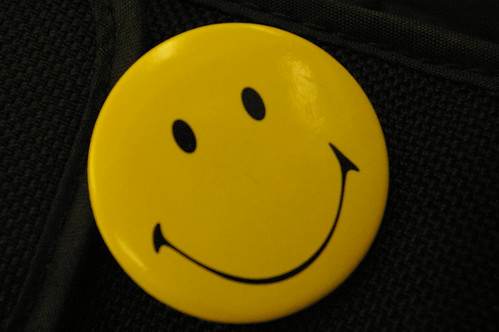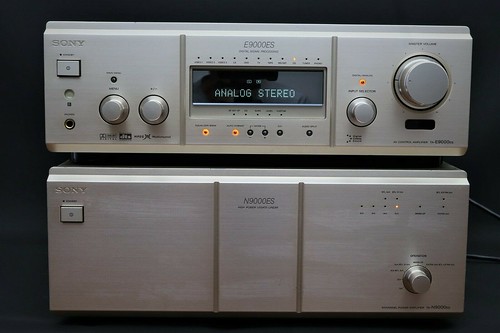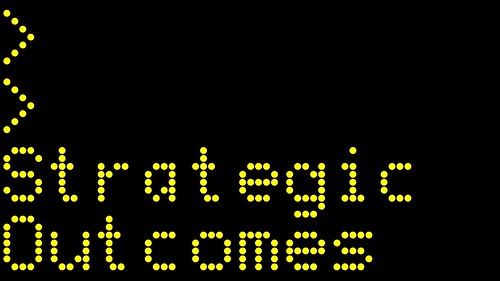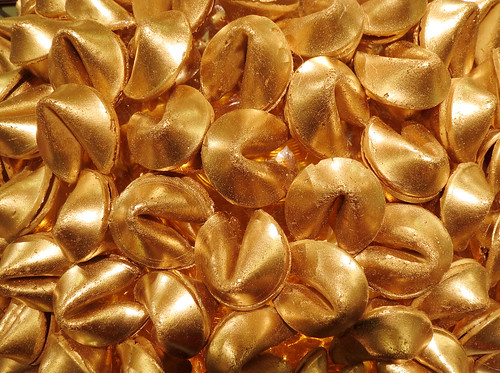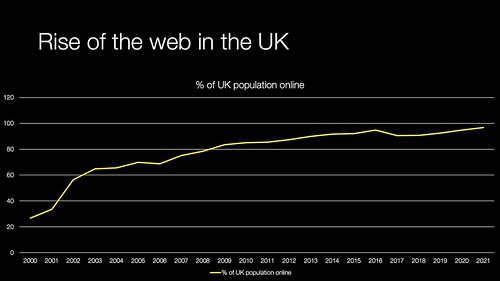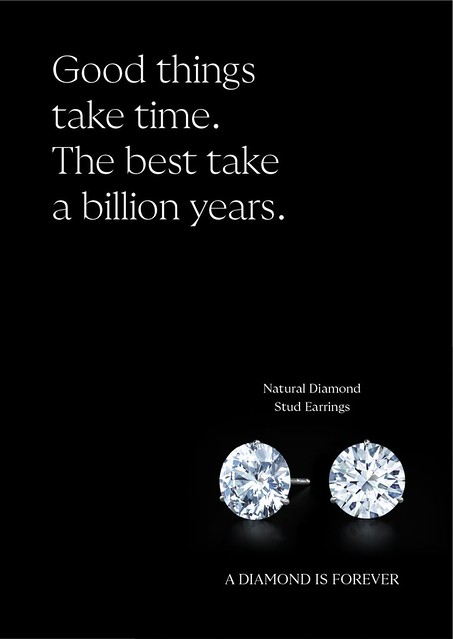Omakase origin.
Omakase is a Japanese term that has become popular in Korea. Omakase as a phrase comes from the term ‘makaseru’ meaning to entrust. In a sushi restaurant omakase meant the customer turned over responsibility for choosing their menu to the sushi chef. The chef would choose the type of fish and the cut. They would assemble the sushi in front of the customer, tell them what it was and choose the next piece, based on what they think the customer should try next. It is likely to have developed sometime in the last two centuries when nigiri sushi became popular. This was sushi that could be quickly assembled in front of the customer – which is essential for the way omakase operates.
Omakase experience
The personalised nature of the experience and the choice of ingredients by the chef rather than the customer means that omakase is an expensive experience. The ingredients will be seasonal in nature and the chef will select the finest ingredients available.
Like having a meal at a western restaurant awarded three-stars by Michelin Guide, there is a degree of theatre and ceremony around it.
Few formal dining experiences are as revered or as intimidating as omakase
Kitchen Language: What Is Omakase? | Michelin Guide
All of which makes it ideal for a luxury culinary experience, which has gone international along with the sushi restaurant.
It was a feast to remember, 22 courses, all chosen and prepared by the chef himself, right then and there, plus three wines poured in generous amounts
Inside the Costly, Rarified World of the Omakase Menu | Vogue (US edition)
Omakase meets Korea
A short trip across the Sea of Japan (or what the Koreans call the East Sea) is South Korea. And it was inevitable that this particular type of sushi experience would cross the waters as well, given that it has already made it the best sushi restaurants in the US and Europe.
Expansion of Omakase
In Korea omakase took off some time before 2020. At first it was in upscale sushi restaurants. Then it extended itself into tempura in the Japanese restaurants of high end hotels in Seoul, you see this in some restaurants in Japan as well.
It started to spread throughout the country beyond Seoul and as it grew geographically within Korea, it was extended beyond Japanese cuisine.
Western dessert tasting menu as an omakase experience
- Coffee tasting with your own barista. Coffee fuels Korean work life and is immensely popular.
- Champagne tasting with a personalised experience from a sommelier.
- It has been even extended to grilled pork belly – a stable dish of Korean neighbourhood restaurants. Rather than barbecuing it yourself, pieces are selected and grilled for you by a personal chef.
Why ‘Korean omakase’ happened?
In Korea you have a confluence of factors affecting young consumers.
Korea is known for its luxury consumption. On a per capita basis, Koreans spend more on luxury personal goods than any other country. Harrods has been surpassed as the number one retailer in luxury goods by the Shinsegae department store branch in Gangnam-gu, Seoul, Korea with $2 billion dollars of sale in 2021.
Like young consumers in many developed markets, young Koreans have money in their pocket but are unlikely to be able to afford to buy their own home. Korea’s ultra-wealthy have a good deal of their wealth in buy to let property.
The Jeonse system of home rental exasperates the home ownership problem. A Jeonse tenancy begins with the initial security deposit of a single amount which is usually about 40% to as much as 80% of the current market value of the property. Unlike in most of Europe, the interest yield on the deposit will not be paid to the tenant, but the landlord can keep this as income. No additional monthly rent is paid. On expiry of the contract period, the original deposit will be refunded in full.
This leaves young (and not so young) Koreans heavily indebted and makes it hard to plan for the future.
Live for today, the future is lost anyway
So young Koreans spend on luxury consumption now, rather than save for a future that they believe is unaffordable. While Korean is a developed economy with successful industries, one in ten of young Koreans are unemployed. When they look at the generation of Koreans who built the country over from the post-war years into the developed economy it is today; 45% of these elderly live in poverty.
Omakase as social standing
Luxury consumption is used to reflect a higher social standing. Korea is known for a high degree of conformity, which creates big fashion winners. Once a trend picks up, it goes everywhere, but then also has a finite life as brands like The North Face have found to its cost in the past as consumers move with the crowd.
But Korea is also a Confucian society which means that social standing matters, and this is where the luxury consumption comes in. The quest has moved into online channels as well, with these channels showing to your peers your social standing.
Jeong
The social platforms act as a pressure point in modern Korean life. Because of social, luxury experiences like omakase become as important as having luxury goods.
In Korea, the power of social is amplified by jeong (정) – can be considered to be a sense of social responsibility. Jeong is a positive force for conformity and community in a collectivist society. Historically, jeong is built through shared experiences, such as eating together and a sense of community bond is formed.
Aspects of jeong include
- Scheduling quality time with loved ones.
- Create meaningful shared experiences.
- Expand and engage with your community.
Modern urban and digital life has disrupted Korean society which has meant that values like jeong manifest themselves in new ways.
Mukbang aside
The principles of jeong is where mukbang videos originally came from. Mukbang started as streaming videos where the host would share a virtual meal with the viewers and interact with them. Korean meals are designed to be shared, yet a third of Koreans live in single person households. Mukbang provided the lonely with shared experiences that had a degree of meaning in their lives – creating a kind of virtual jeong between the host and the audience. Now they are genre of video content that’s carefully edited and removed from the original social context that they came from.
Getting back to jeong, think about your Instagram feed for a moment, think about how you might feel if you have had a mediocre day and your feed is filled with people you know living their best lives. Now dial that up to 11.
Sharing content is engaging with your wider community and growing your community and sharing experiences with them. There is a corresponding pressure to share experiences back within your feeds. This has driven a demand for luxury products and experiences including omakase.
Omakase is a rational economic response. There are only so many times that you can share a new bag or watch costing thousands of pounds. But you can share omakase each time you go, with the price being in the hundreds of pounds instead.
So where does the money come from?
Omakase experiences aren’t an everyday thing for young Koreans; they would think its perfectly fine most days to eat a lunch bargain meal from a convenience store and then do an omakase experience every so often that they can document it on social media.
Korean households have the highest amount of debt in the world, and over 21% of young Koreans have personal debt that at least three times their salary. A decade earlier, the rate was 8.2%.
So what?
Korea today is a cultural powerhouse. Trends that start here go worldwide. Korea is involved in all aspects of global culture:
- Cinema.
- Television series.
- Beauty.
- Fashion.
- FMCG products.
- Food.
Korea’s role as a global trendsetter has not gone unnoticed, Christian Dior opened its flagship store in Seoul and held its collection debut in Korea over China or France.
Luxury businesses already realise that consumers want status experiences as well as status goods. LVMH has been actively exploring the hotel and restaurant business, as has Kering. But these businesses have lower margins than their existing businesses. The way to increase these margins would be to address less customers and charge even more.
Luxury is being redefined into highly personalised experiences by consumers and it makes commercial sense for luxury businesses to meet their needs.
While luxury groups are looking at cutting edge technology like generative AI, NFTs and metaverse experiences, the future of luxury might be more human, as well as more technology.
More Korea-related content can be found here.
More information
- The Story of Sushi: An Unlikely Saga of Raw Fish and Rice by Trevor Corson
- Omakase adds new flavor to Seoul’s food scene | The Korean Herald
- Millennium Seoul Hilton to present tempura-only omakase – The Korea Times
- $2 convenience store lunch vs. $200 omakase: young Koreans polarised consumption | Korean Herald
- Young Koreans embrace omakase trend for desserts and beverages – Inside Retail Asia
- South Koreans are the world’s biggest spenders on luxury goods | CNBC
- S.Koreans spend on luxury rather than futureーNHK WORLD-JAPAN NEWS
- How Do Korea’s 1% Get Rich? – The Chosun Ilbo (English Edition)
- More than 1 in 5 South Korean young adults heavily in debt | Asia News Network
- Dior’s big bet on trendsetting South Korea as China stutters | Vogue Business
- South Korea’s youth debt binge shows no sign of slowing as rate hike looms | Reuters
- Psychology expert shares the 2,000-year-old Korean mindset that can help you live a ‘happier life’ | CNBC


